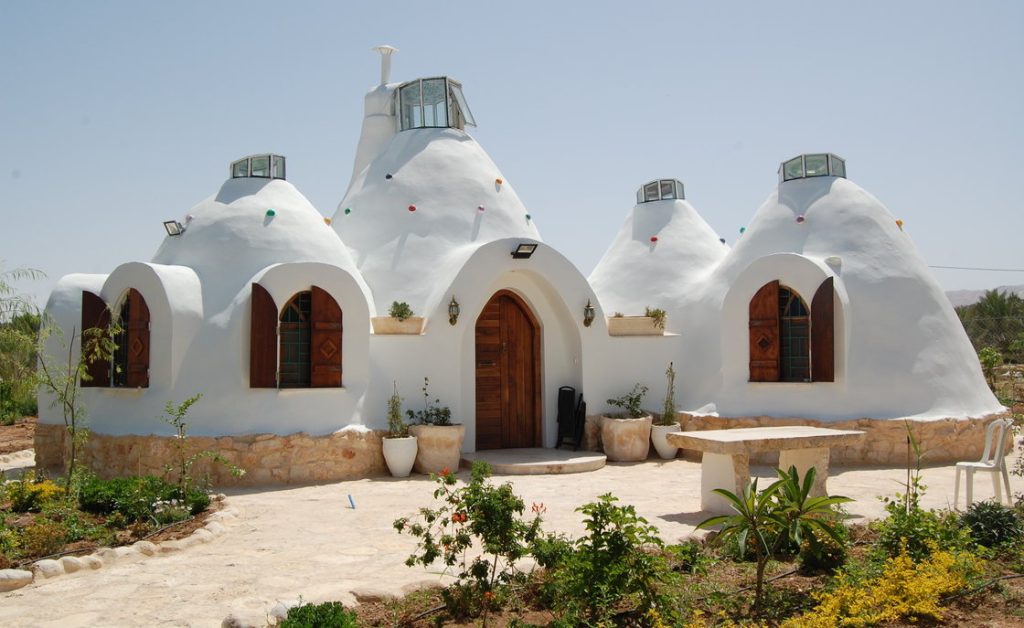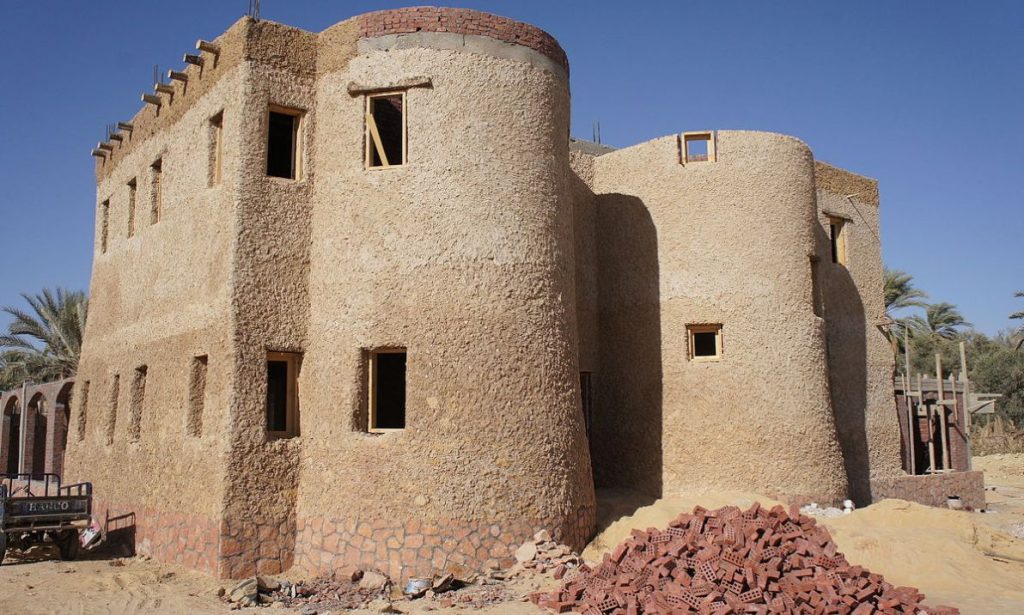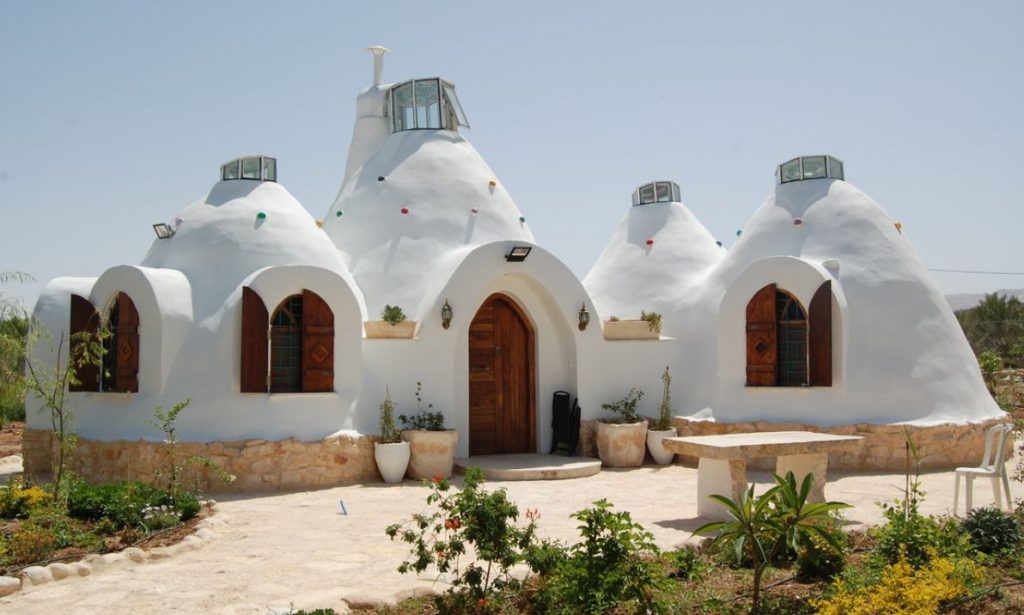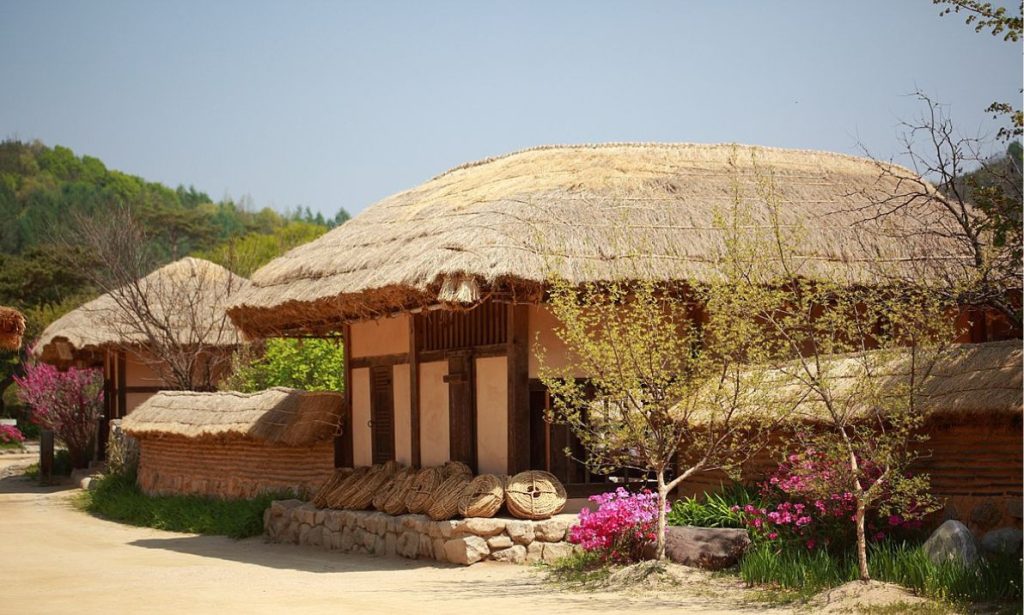Egypt’s architectural landscape has undergone significant changes over the years, with a notable shift towards modern structures that often lack visual appeal and fail to represent the country’s rich cultural heritage. What if all of Egypt was built using natural materials, readily available in Egypt, to design buildings and structures that reflect the nation’s history, unify the architectural landscape, and visually represent Egypt’s culture and heritage?
Ancient Egyptian architecture is renowned for its grandeur, precision, and timeless beauty. The architects of that era primarily employed natural materials to create magnificent structures that have stood the test of time. Limestone, sandstone, granite, and marble were extensively used to construct temples, pyramids, and other iconic landmarks. These materials not only complemented the natural surroundings but also held symbolic significance, reflecting the Egyptian civilization’s reverence for nature.
Karshif
Karshif, a traditional building material in Egypt, made from mud or clay mixed with salt taken from natural salt flats, and compressed into bricks. It offers several advantages for reflecting Egyptian heritage in architectural designs. Karshif is readily available and cost-effective, making it a sustainable option for construction. Its thermal properties provide natural insulation, keeping buildings cool in the hot Egyptian climate. Incorporating Karshif into Egyptian architecture can evoke a sense of authenticity and reconnect with the ancient building techniques used in the construction of historical monuments.
Cob
Cob, a mixture of clay, sand, and straw, has been used for centuries in Egyptian construction. It offers several advantages for reflecting heritage in architectural designs. Cob structures have a natural and earthy aesthetic, harmonizing with the surrounding environment. The material is abundant and sustainable, making it an eco-friendly choice. By incorporating cob into architecture, architects can create buildings that embody a connection to nature and traditional building techniques, allowing visitors to experience the country’s cultural heritage firsthand.
Adobe
Abode, a mixture of clay, sand, and organic materials, is known for its thermal properties, providing natural insulation in both hot and cold climates. Adobe structures exude a rustic charm and can be molded into various shapes and styles, allowing architects to create unique designs that reflect Egyptian heritage
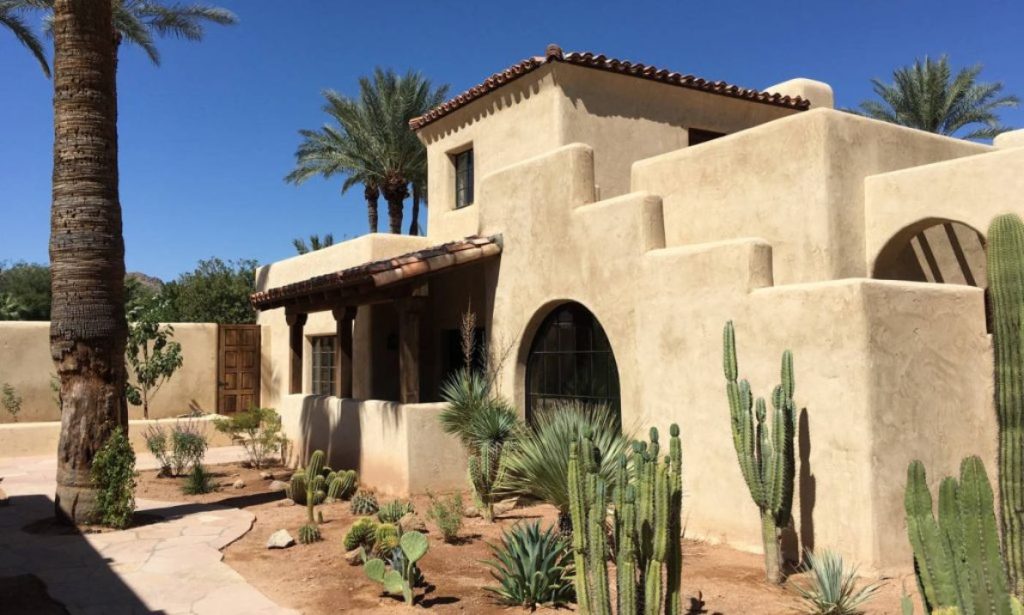

Marble
Marble, a metamorphic rock primarily composed of calcium carbonate, is renowned for its elegance and versatility. It can be used to create stunning architectural features. Marble’s smooth texture and varied colors, ranging from pure white to vibrant hues, offer architects the opportunity to craft façades, flooring, and decorative elements inspired by ancient Egyptian motifs. Incorporating marble into Egyptian architecture enables the creation of structures that exude refinement and timelessness.
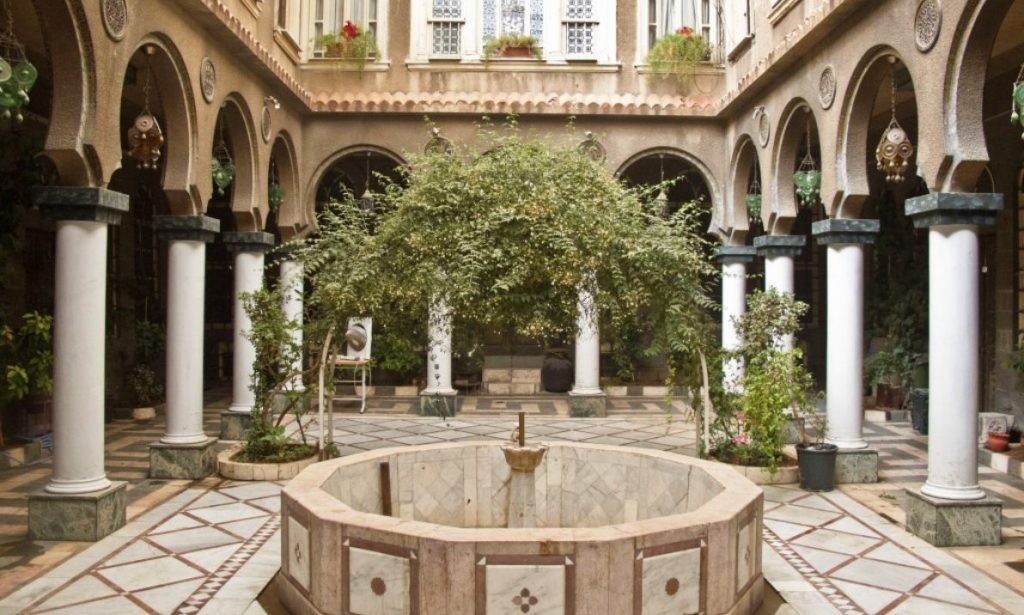

Rice Straw
Rice straw, traditionally used in Egypt for construction, offers unique benefits when incorporated into architectural designs. Its fibrous structure provides excellent thermal insulation. Rice straw can be utilized in the construction of walls, roofs, and ceilings, creating structures that reflect sustainable building practices while maintaining a connection to Egyptian heritage. By embracing earthy materials like rice straw, architects can promote eco-friendly design solutions and showcase the country’s commitment to sustainability.
Limestone
Limestone, a sedimentary rock composed mostly of calcium carbonate, has been widely used in ancient and contemporary Egyptian architecture. Its light color and durability make it an ideal choice for creating structures that reflect Egyptian heritage. Limestone provides a timeless aesthetic and can be employed for façades, columns, and intricate carvings. By incorporating limestone into architectural designs, buildings can exude a sense of grandeur and pay homage to the ancient temples and palaces of Egypt.
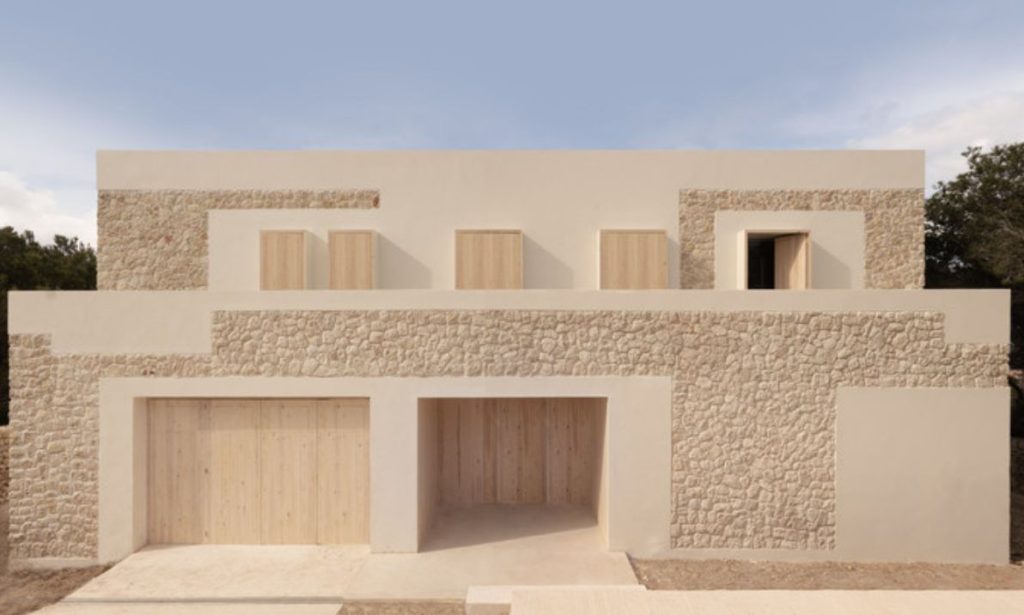

Stone & Sandstone
Stone and sandstone, natural materials with various compositions and textures, can be utilized to create pathways, building facades, and retaining walls that blend harmoniously with the environment. Their natural colors and textures allow architects to evoke different periods of Egyptian history in their architectural designs.
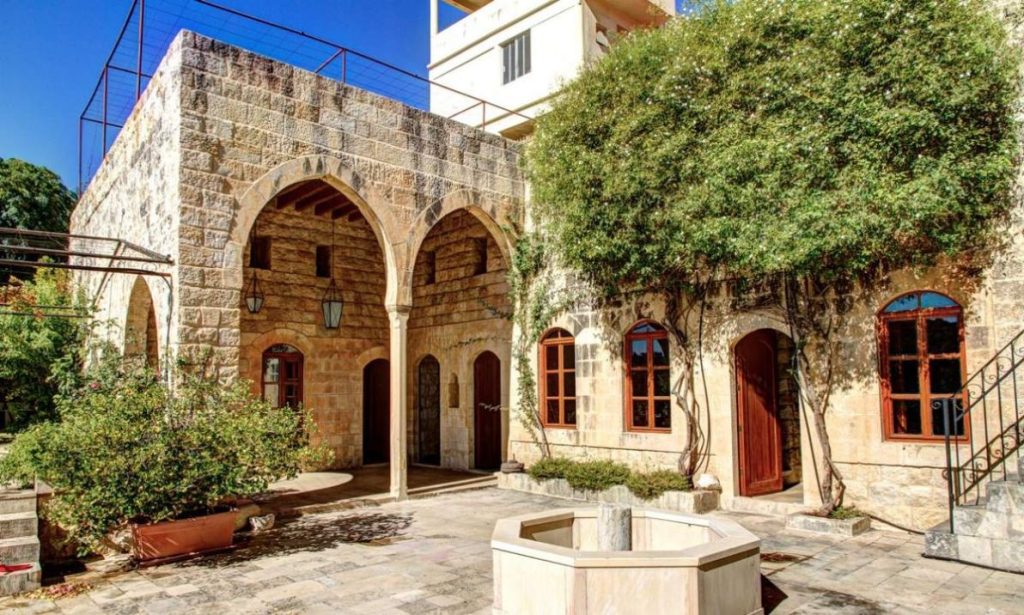

Granite
Granite, an igneous rock composed of quartz, feldspar, and mica, provides exceptional strength and durability. Its characteristic grains and textures add a unique aesthetic appeal to architectural designs. By incorporating granite into Egyptian architecture, structures can withstand the test of time while reflecting the country’s heritage. Granite can be used for structural elements like cladding and monumental features, allowing architects to create buildings that convey a sense of solidity and permanence reminiscent of ancient Egyptian architecture.
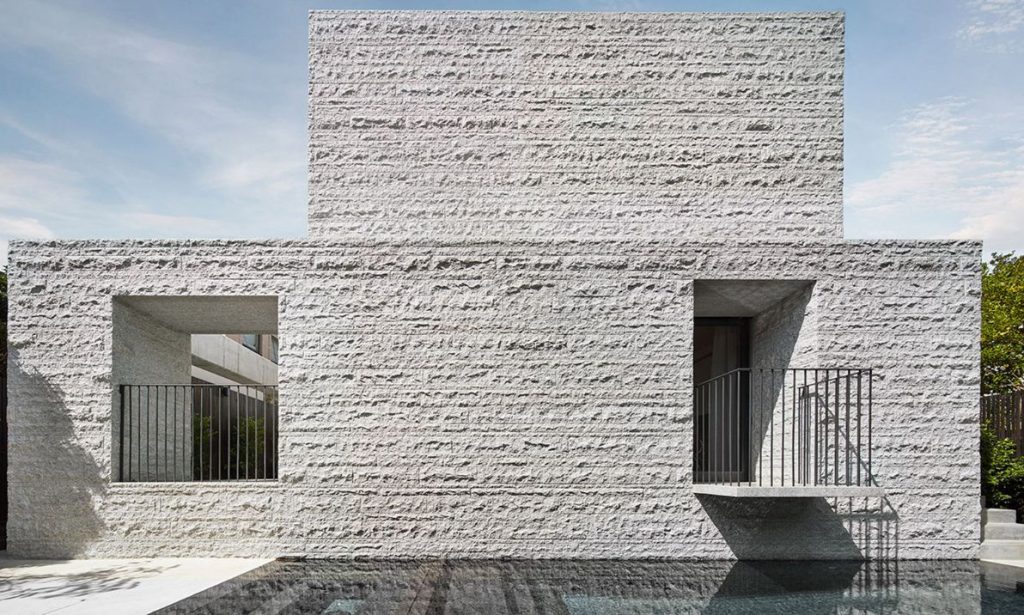

Mud
Mud, a traditional building material abundantly used in parts of Egypt like Aswan, offers unique advantages for reflecting Egyptian heritage in architectural designs. Mud construction, often using mud bricks or rammed earth techniques, has been prevalent in Egypt for centuries. Mud structures have a distinct earthy aesthetic that blends harmoniously with the natural surroundings. Mud brick construction utilizes locally sourced clay mixed with sand and organic matter. This traditional technique provides thermal insulation, reducing the need for artificial cooling in hot climates.
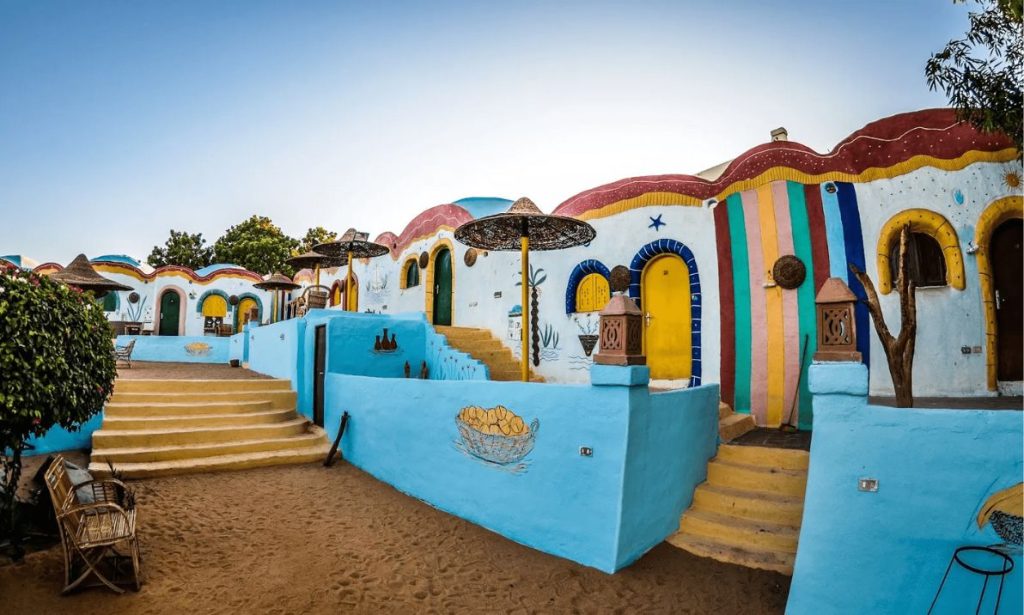

Glass
Glass, a transparent material made primarily from silica, can be integrated into Egyptian architecture to blend tradition with modernity. Stained glass windows featuring intricate patterns inspired by ancient Egyptian art and motifs can infuse contemporary designs with cultural symbolism. Glass panels can also be used to create light-filled spaces that connect the interior with the surrounding environment. By incorporating glass in innovative ways, architects can create visually striking architectural features.
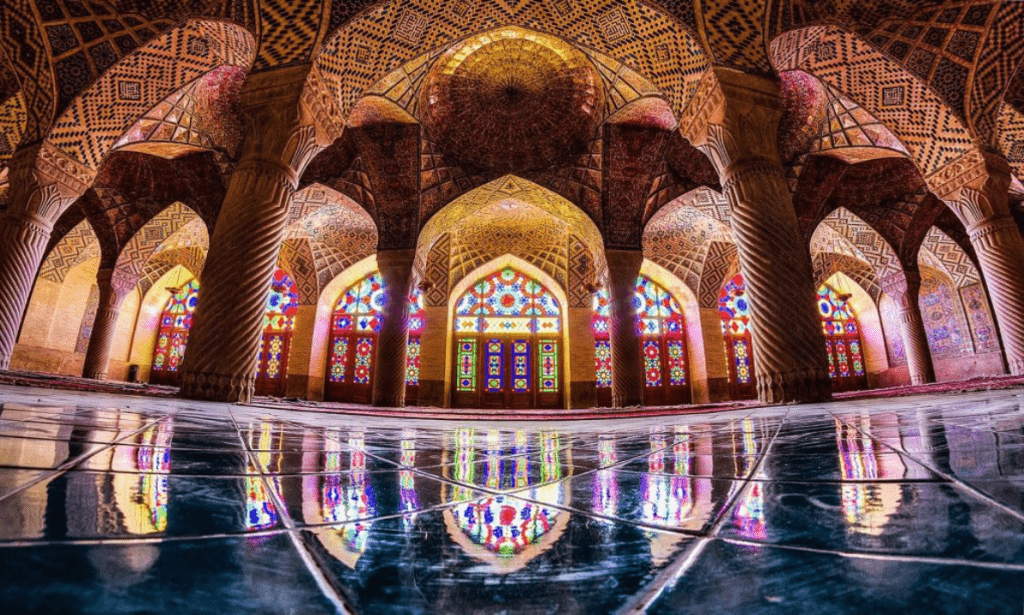

Embracing the use of natural materials abundant in Egypt offers a unique opportunity to unify the country’s architectural landscape and ensure that it reflects the nation’s culture and heritage. By drawing inspiration from ancient Egyptian architecture and incorporating materials such as marble, granite, limestone, mud, glass, stone, and sandstone, architects can create visually appealing structures that honor the past while embracing modernity. This approach would not only enhance the appeal of Egypt’s built environment but also foster a sense of pride and connection to the country’s rich history among its people and visitors.
WE SAID THIS: Don’t Miss…Influential Arab Architects Shaping The Future Of Architecture


